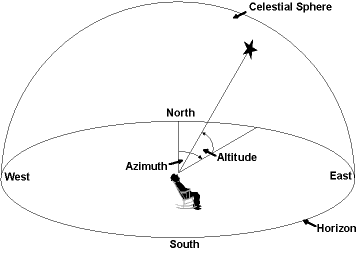Results 61 to 67 of 67
-
3rd February 2017, 11:04 PM #61

- Join Date
- May 2014
- Location
- amsterdam, netherlands
- Posts
- 3,182
- Real Name
- George
Re: Finding the angle that a photo was taken from
-
4th February 2017, 01:39 AM #62
Re: Finding the angle that a photo was taken from
This has been great fun. Kinda like string theory or quantum physics (with the emphasis on theory ). FFS guys, counting bricks in a photo with an unknown camera and lens ? Ah was so engrossed ah forgot tae watch " Question Time".
 My tuppence worth. My flat was built in 1929, 7' doors / 9' ceilings. What does that prove...? AYE, correct first time. Ah think the ORIGINAL photo was probably taken with a box Brownie 2... from a window (open). The modern photo bears no relation tae the original, other than it's the same street. Anything else ah add would be conjecture... like this most entertaining thread. But keep going, ah'm thoroughly enjoying this...
My tuppence worth. My flat was built in 1929, 7' doors / 9' ceilings. What does that prove...? AYE, correct first time. Ah think the ORIGINAL photo was probably taken with a box Brownie 2... from a window (open). The modern photo bears no relation tae the original, other than it's the same street. Anything else ah add would be conjecture... like this most entertaining thread. But keep going, ah'm thoroughly enjoying this...
Last edited by tao2; 4th February 2017 at 01:53 AM.
-
4th February 2017, 08:15 AM #63

- Join Date
- Feb 2014
- Location
- London, UK
- Posts
- 401
- Real Name
- Dem
-
4th February 2017, 09:16 PM #64
Re: Finding the angle that a photo was taken from
I suppose that depends by what you mean by "relation", but in the context of the question asked - that statement is incorrect.
The image in post #42 is an image of the same building that appears on the LH side of the Original Image.
Much information can be gleaned from Google Earth images of the same buildings and structures which appear in the original image.
WW
-
5th February 2017, 01:04 AM #65
Re: Finding the angle that a photo was taken from
Hi Bill,
Ah assumed it was a given, that it is the same building...
Ah don't see what's incorrect about that statement? The modern shot of the building is a very different angle, distance, perspective, size, camera elevation, tae mention only some obvious differences between the two shots.The modern photo bears no relation tae the original, other than it's the same street.
Google Earth and Google maps (or both in conjunction) can have anything between 2-40 feet of a difference in positioning, so the use of either or both is moot.
While ah really have enjoyed reading this thread, it is simply pseudo-scientific.
-
5th February 2017, 01:28 AM #66
Re: Finding the angle that a photo was taken from
Hi Boab,
I think, that we two are thinking along different thoughts.
What I mean is: The modern photo definitely "has a relationship" with the older one, because it is a photo of the same building. Maybe that's what you meant too, but it didn't read like that to me.
If we have many photographs of the same object then we can use all those images; portions of them; comparisons and contrasts of them, to extrapolate or rule out features of the object.
For one example the google earth shot makes it a lot easier to identify the bricks. If we can accurately identify the bricks, then we can estimate, with very little doubt, the height of the building.
WW
-
5th February 2017, 10:07 AM #67

- Join Date
- May 2014
- Location
- amsterdam, netherlands
- Posts
- 3,182
- Real Name
- George
Re: Finding the angle that a photo was taken from
I've trouble to understand your writing. I didn't know if you meant it sarcastic or not. I don't think so now.
Finding the same building gave the opportunity to estimate the length of that building, not in google street view but in google maps. The height is counted in pixels. The real height will be pixels*z which is unknown.
Off course there is a fault in the measurements, as in any. But if you want it more accurate, measure the house in real life.
When the horizontal lines of that house where perpendicular to the sensor, then I assume the vanishing point would be in the middle of the photo. I'm not 100% sure of that so somebody, Dem, might confirm or correct that. But either way, the change in length will be minimal in this case.
Measurement is always a matter of accuracy. Do you want an answer with a accuracy of 1 mm or 1m? I think 1m is more than enough for this thread.
George

 Helpful Posts:
Helpful Posts: 


 Reply With Quote
Reply With Quote
